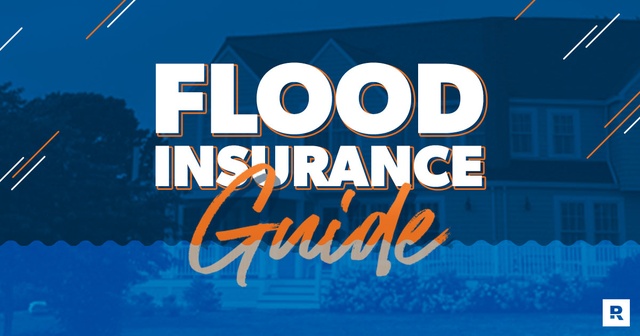When buying flood insurance, you must know what is covered and excluded. First, you need to compare each category to the total value of the contents. There may be some categories that have lower coverage limits than others. You should also check the flood insurance cost. It will allow you to determine which type of flood insurance is right for you.
Coverage Options
Flood insurance policies offer different types of coverage. Floods can happen due to many factors, including the overflow of inland or tidal waters, the sudden accumulation of large amounts of water, or mudflow. These events do not qualify as normal home insurance, so consumers should consider purchasing flood insurance program. Typical policies limit coverage to $250,000 per dwelling and $100,000 per person or family. They also generally have a $1,000 deductible. However, private insurance carriers may be able to offer higher limits and more flexible coverage options.
Flood insurance policies can be combined with “excess” insurance policies. If your policy limits are too low to cover the entire value of your possessions, you can purchase “excess” policies to provide additional protection. In addition to flood insurance, some private insurers also offer “first dollar” flood policies that pay a certain amount for water damage.
Flood insurance premiums vary greatly. The average cost is $700 per year, though this can go higher depending on the size of your home. Private insurance policies often have higher limits and can write up to $2 million in damages to the home or personal possessions.
Exclusions
Exclusions of flood insurance are provisions in a homeowner’s insurance policy that prevent the insurer from covering flood or other water damage to the insured’s property. These exclusions apply to buildings and personal effects and can eliminate the coverage for a flood. However, the policy can include a flood endorsement or a separate flood insurance policy from the National Flood Insurance Program.
Water damage, which is not covered by standard homeowners insurance, is one of the largest losses in insurance. Almost one-third of all claims last year were due to water damage. Flood insurance can be costly, and flood damage represented 23.8% of all insurance losses in 2018. Floods are a serious and costly hazard.
While homeowners insurance policies can include flood coverage, many exclude other types of damage. For example, a building-only policy covers a homeowner’s possessions, while a contents-only plan covers only the contents of a renter’s property. In addition, a building owner’s insurance policy may exclude intentional loss. In other words, a building insurance policy may not cover water damage from an earthquake.
Cost
FEMA, a government agency, sets flood insurance rates. Previously, rates were set based on general information, but the new pricing system reflects the actual cost of risk to homes in high-risk areas. According to the Federal Emergency Management Agency, the change is intended to make flood insurance more affordable and equitable for all policyholders. But it has also caused many policyholders to see their premiums increase, some significantly.
Premiums are higher for high-risk areas, while low-risk areas are cheaper. For those in areas with higher risks, the only way to get a lower premium is to purchase a standard policy. Premium rates also depend on how comprehensive your coverage is. If you live in a high-risk area, you may want to raise your utilities to protect against flooding damage.
The cost of flood insurance depends on some factors, including the location and type of structure. New and improved structures will be less expensive to insure than older ones. You can also lower the premium by installing flood vents, filling basements, and elevating your home.
Filing a Claim
Flood insurance is available to help cover flood damage, but you must file a claim promptly. After the flood, you must dry out your home and make a list of damaged items. The list will help you prove the extent of your losses. You should also consult a general contractor or other experts in flood damage. Once you’ve filed a claim, the insurance adjuster will visit your property and document the damages. They will also be able to answer any questions about the flood insurance claim process.
After you’ve taken pictures and written down the flood dates, you must fill out a proof of loss. It will act as your official statement of loss, so make sure you prepare it carefully. You should keep a copy of your proof of loss for your records and file it within a certain timeframe.






